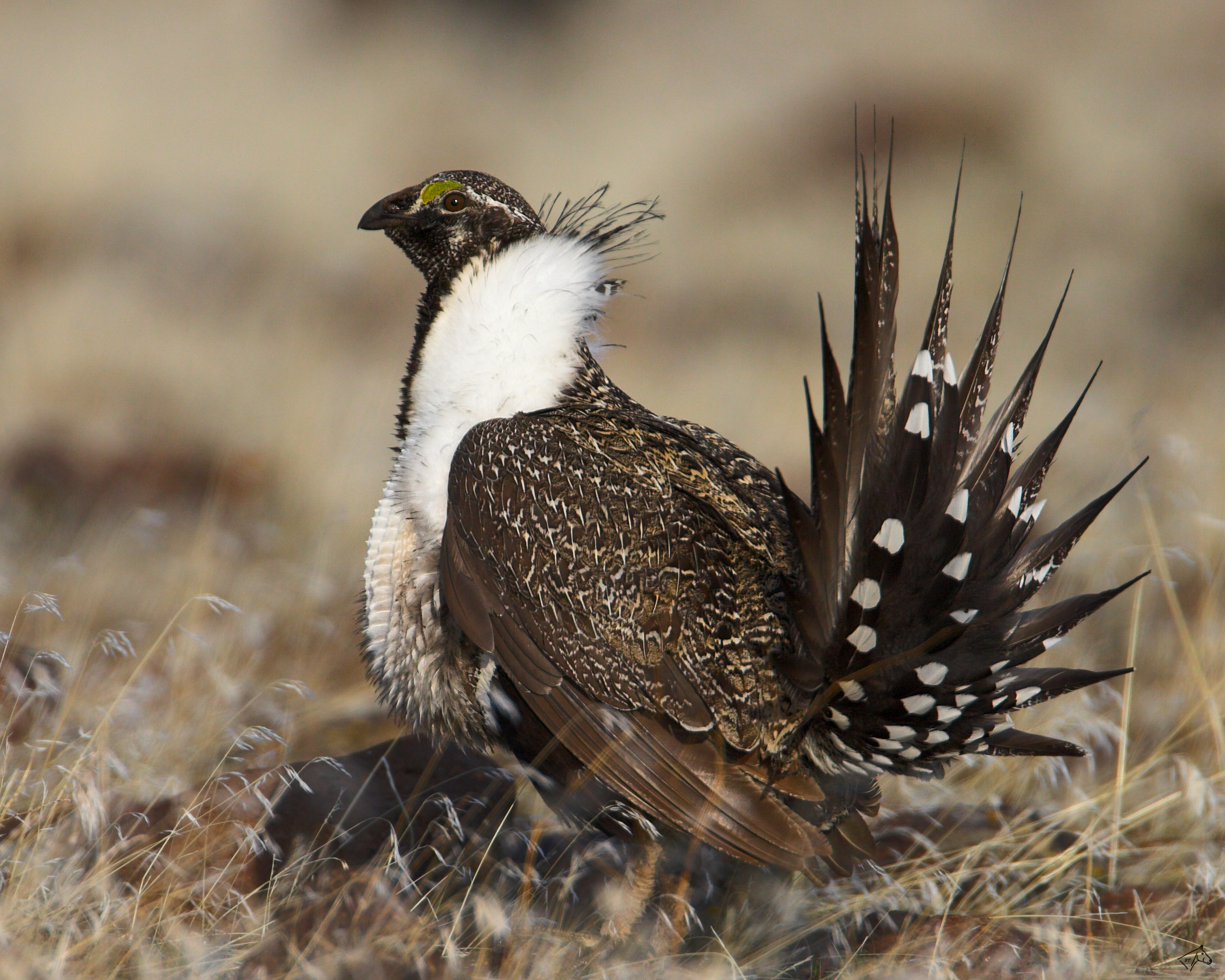Posted by Dan Arndt
It was quite evident by the bird activity last week at Carburn Park that spring would be arriving soon, and it became even more clear by the presence of two pairs of nesting Great Horned Owls at the East end of Fish Creek Provincial Park. One of our longest walks to date, at over 7km, we covered a huge amount of ground and saw some amazing sights.

Bow Valley Ranch to Lafarge Meadows and back
Meeting at Bow Valley Ranch, we headed along the hillside on the north edge of the lot to attempt to find a Ring-necked Pheasant which had been seen and heard just before my arrival, but to no avail. Heading southward towards the creek, we found the first male Great Horned Owl guarding a nest, and female, that remained undiscovered by our group. A success in the eyes of any parenting owl, but it would be a great find in a month or two once the eggs hatch and babies begin to fledge, and even moreso if someone were there to get some photos! On the other hand, a well hidden nest keeps away those who wouldn’t treat it with the proper respect.

Great Horned Owl - Male 1

Great Horned Owl - slightly irritated
As we headed across the road through the park, and further south, we were constantly serenaded by the drumming and calling of the incredibly numerous Northern Flickers and Downy Woodpeckers in the area, both of which numbered at least twenty individuals through the course of our walk.

Downy Woodpecker - male

Downy Woodpecker - female

Male Downy Woodpecker digging for a morsel

One of the many male Northern Flickers seen yesterday.
One of the most common questions of the day was, quite honestly, not surprising. With the incredible numbers of European Starlings coming in, many of those on our walk simply had no idea just how wide the range of Starling vocalizations truly was, and almost every variation of their call drew at least one question of “What bird made that call?” To which my answer usually was: “This one.”

The scourge of those who bird by ear.
We headed toward the south end of the park, and stopped briefly by the river to see if there were any unusual birds on the ice, on the shores, or in the water, but surprisingly, there were very few waterfowl at all on the Bow River. Directly on the river were a few Mallards, and on one pond just to the west, a few more Mallards and a pair of Common Goldeneye.

Mallard ducks. (Female on left, male on right)

Common Goldeneye (male left, female right)
Turning back towards Sikome Lake, we came across the second pair of Great Horned Owls. The male appeared slightly agitated, and as we approached, actually flew closer to the nest to better guard it. It also appeared that this pair was much better known, as there were quite a few others viewing the pair as well. The female, though well hidden, was barely visible sitting atop the clutch of eggs.

A slightly more agitated and alert male Great Horned Owl, guarding his mate.

Male Great Horned Owl

Female Great Horned Owl on nest. Nope, I can't see it either.
Not too far away from this pair was another alert parent guarding his potential offspring. I wonder how many of his offspring will help feed the developing owlets in the coming months.

Canada Goose on nest
After stopping to watch this Canada Goose for a bit, we headed back north towards the vehicles, but first stopped to see just a few more woodpeckers in action. Both the Downy and Hairy Woodpeckers in this part of the part are incredibly tolerant to people walking only a few meters away.

Male Hairy Woodpecker

Feeding female Downy Woodpecker
And with that, we headed back to the vehicles, and home. It’s quite an exciting time here during spring migration, and one of the things every birder looks forward to with great anticipation. What will the coming week bring? I suppose I’ll just have to wait until next Sunday to find out!
















































